
In the high-stakes world of construction, where time is money and safety is paramount, lifting heavy materials efficiently and reliably isn't just a convenience – it's a necessity. Enter the electric chain hoist: a workhorse tool often overlooked but absolutely critical for countless lifting tasks on the modern construction site. Forget brute strength; this piece of equipment delivers precision power where you need it most.
オンラインチャット1. Raw Power & Precision: Manual lifting has severe limitations in weight capacity and control. Electric chain hoists effortlessly handle loads from a few hundred pounds to several tons (5 tons and 10 tons are common construction workhorses), moving them vertically with incredible smoothness and accuracy. This precision is vital for positioning structural steel, machinery, MEP components, or prefabricated modules exactly where they belong.
2. Unmatched Efficiency & Productivity: Time is a critical resource on any project. エレクトリックホイスト dramatically speed up lifting operations compared to manual methods or even more complex crane setups for smaller tasks. A single operator can safely lift significant loads quickly, freeing up skilled labor for other essential tasks and keeping the project schedule on track.
3. 安全性の強化: Construction sites are inherently hazardous. Electric chain hoists significantly reduce the risk of:
4. 多用途性 & Adaptability: These hoists are incredibly flexible:
5. 耐久性 & 信頼性: Built with hardened load chains and robust motors designed for frequent use, quality electric chain hoists are engineered to withstand the rigors of construction site life – dust, vibration, and demanding duty cycles.

1. 堅牢な構造: Look for solid housings, hardened steel chains, and high-quality gears.
2. Essential Safety Systems: Non-negotiable features include fail-safe mechanical load brakes, 過負荷保護, 制限スイッチ (upper and lower), and thermal motor protection.
3. Duty Cycle Rating (例えば。, CMAA Class D or E): This indicates how frequently and intensively the hoist can operate. Construction sites typically require Class D (Moderate Service) or Class E (Heavy Service) hoists.
4. Weather Resistance (IP Rating): For outdoor or partially exposed sites, an IP54 rating (protection against dust and water spray) or higher is crucial.
5. Voltage Compatibility: Ensure the hoist matches the site’s readily available power supply (例えば。, 115v, 230v, 460V 3-phase).
6. 制御システム: Pendant controls are standard. Consider features like variable speed for delicate positioning and emergency stop buttons.
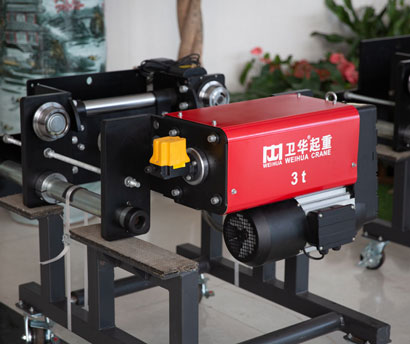
Structural Steel Erection: Lifting beams, columns, trusses, and decking into place.
Mechanical, Electrical & Plumbing (MEP): Installing heavy HVAC units, generators, transformers, large ductwork sections, and pipe spools.
Precast Concrete: Positioning walls, slabs, beams, and other precast elements.
Machinery & Equipment Installation: Moving pumps, compressors, generators, and other site equipment.
Material Handling: Lifting bundles of rebar, bags of concrete mix (within capacity), formwork panels, and other bulky supplies to upper floors or work areas.
Facade Installation: Handling heavy cladding panels or curtain wall sections.
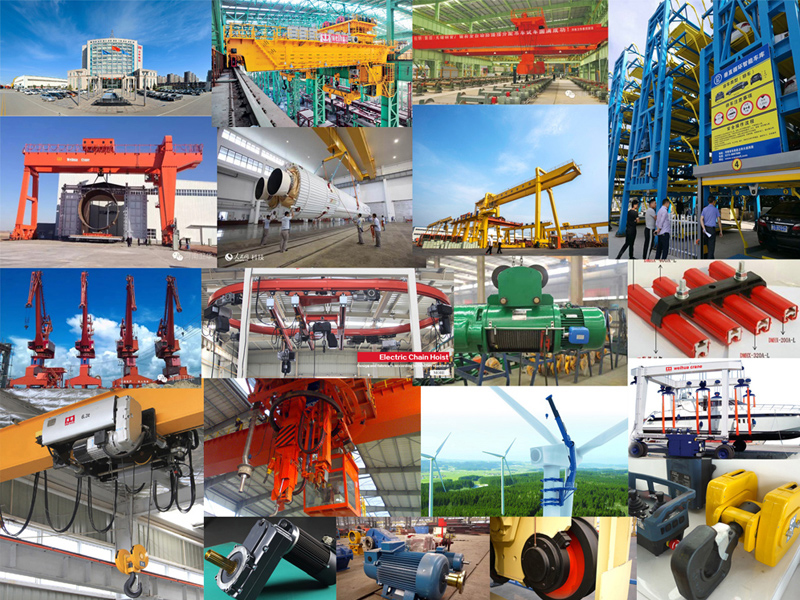
1. Maximum Capacity: Determine the heaviest load you need to lift. Always add a safety margin – never exceed the rated capacity!
2. リフトの高さ: Measure the distance from the hook’s lowest point to its highest required position. Specify chain length accordingly.
3. 電源: Verify available voltage and phase on-site.
4. デューティサイクル: Match the hoist’s class (D or E typically) to your expected usage intensity.
5. 環境: Will it be used indoors, outdoors, exposed to dust/moisture? Select the appropriate IP rating.
6. 取り付け: Decide on trolley type (manual push, ギア付き, or motorized) or fixed mounting.
7. Controls: Consider pendant length, variable speed needs, そして リモートコントロール付きの電動ホイスト options if required.
8. Brand Reputation & サポート: Choose reputable manufacturers known for durability and readily available parts/service. Certifications (like ASME B30.16) are essential.

Even the best hoist is only as safe as the operator and the procedures:
1. Rigorous Inspection: Perform pre-shift checks and regular documented inspections per manufacturer and OSHA/ASME standards. Look for chain wear, damaged hooks, loose fasteners, and proper function of safety devices.
2. Operator Training: Only trained and authorized personnel should operate hoists. Training must cover controls, safe rigging practices, load dynamics, and emergency procedures.
3. Proper Rigging: Use correctly rated and inspected slings, 足かせ, and hardware. 荷重のバランスが取れ、固定されていることを確認してください.
4. 過負荷を避ける: This is the cardinal sin. Use load cells if weight is uncertain.
5. Stay Clear: Never stand under a suspended load. Establish and enforce clear lift zones.
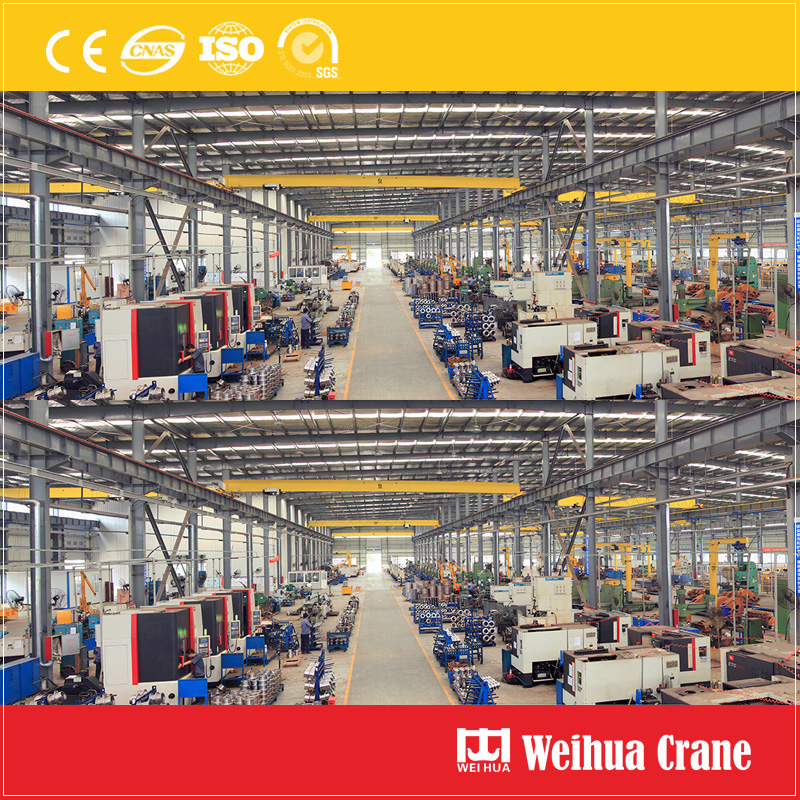
The electric chain hoist is far more than just a simple lifting device; it’s a fundamental productivity multiplier and a critical safety asset on any construction site. By delivering reliable, 強力, and controlled vertical lifting, it tackles essential tasks efficiently, protects workers, and helps keep projects moving forward safely and on schedule. Investing in the right hoist for your specific needs, coupled with rigorous safety practices, pays dividends in performance and peace of mind throughout the life of your project. Don’t lift your site’s potential manually – harness the power of the electric chain hoist.
私たちはあなたのフィードバックを大切にします! あなたの特定のニーズに合わせてサービスを調整できるように、以下のフォームに記入してください.
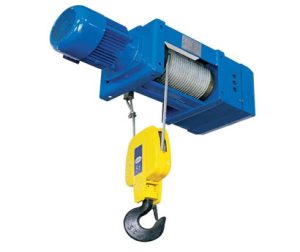
Weihua 天井取り付け電動ホイストは、コンパクトでヘッドルームの低い電気ホイストを備えています。
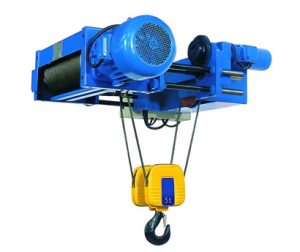
weihha, 中国の大手クレーンおよびホイストメーカー, エレクトリックホイストを提供しますspeciall……

中国のリフティング機械産業の大手ブランドとして, Woleua Group (weihha) fo……

The 500 LB Electric Hoistは、Weihua Groupによって開発された小さな電動ホイストです, よくkn……
